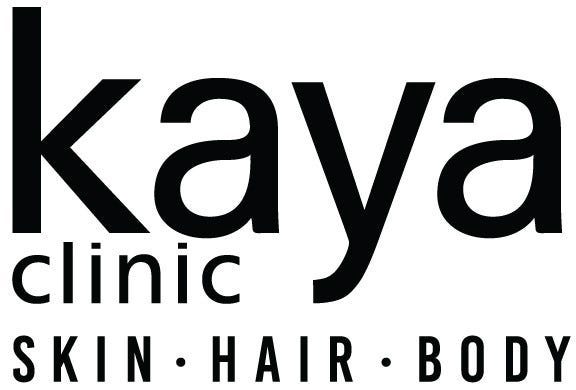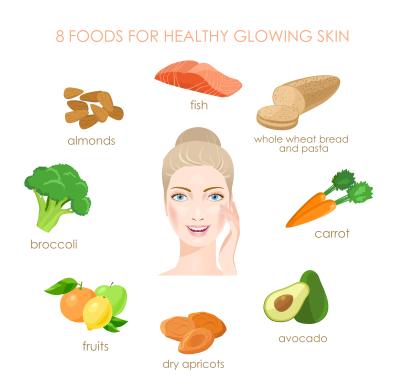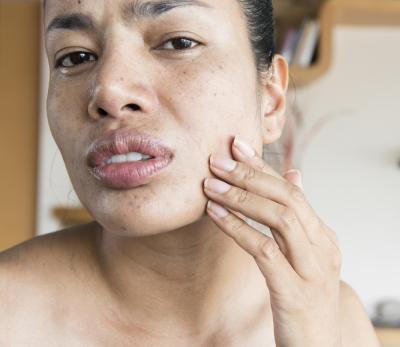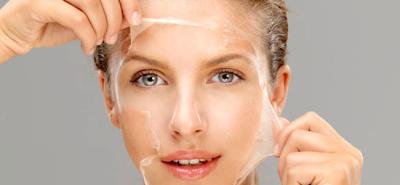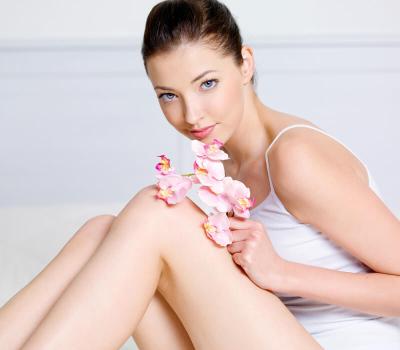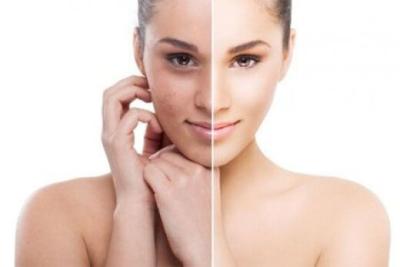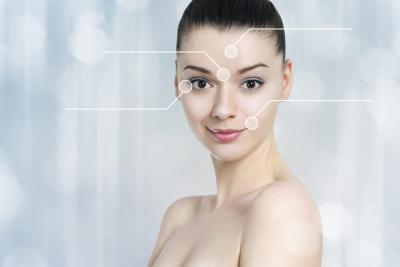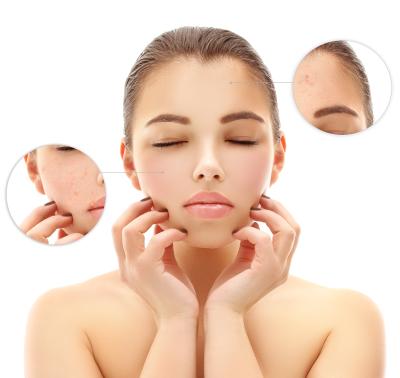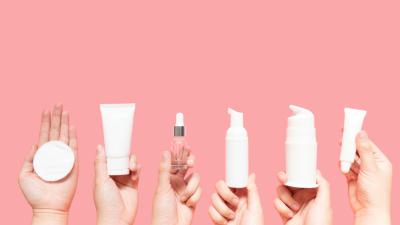Dermatologist Speaks
Best Antioxidant Rich Foods for Glowing Skin in Winter?
Discover the best antioxidant-rich foods for glowing winter skin and a healthy complexion.
How to Get Rid of Dry and Flaky Skin in Winter
Combat dry and flaky skin in winter with effective tips and remedies for a hydrated, healthy complexion.
Learn How To Start YOUR GUIDE TO CREATING THE BEST HOME REMEDY CHEMICAL PEEL
Discover how to create the best home remedy chemical peel for glowing and rejuvenated skin.
Revitalize Skin with Expert Chemical Peeling | Skin Clinic
skin clinic for best chemical peeling treatment
Expert Dermatologist Solutions for Skin & Hair
Understand the importance of consulting a dermatologist for effective solutions for your skin and hair concerns.
Effective Strategies on How to Prevent Age Spots
Prevent age spots and maintain youthful skin with effective skincare strategies and sun protection.
Easy ways to smooth and hair-free skin
Achieve smooth and hair-free skin effortlessly with easy-to-follow skincare routines and hair removal methods.
Here's how you can be freckles free
Discover effective methods to be freckle-free and achieve a flawless complexion.
Melasma, Photoaging, Tanning & PIH Pigmentation Treatment
Discover treatments for melasma, photoaging, tanning, and PIH pigmentation to achieve clearer, healthier skin.
Sunscreen Benefits, Importance and Proper Application Tips
Learn about the benefits and importance of sunscreen and how to apply it correctly for optimal skin protection.
Understanding Pigmentation Causes | Prevent and Treat Skin Issues
Prevent and Treat Skin Issues
Effective Tips for Oily Skin Care | Natural Glow and Balance
Discover effective tips for maintaining a natural glow and balance for oily skin, for a radiant complexion.
- Page Previous
- Page 1
- You're currently reading page 2
